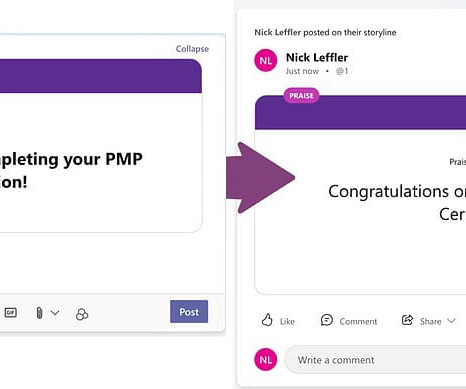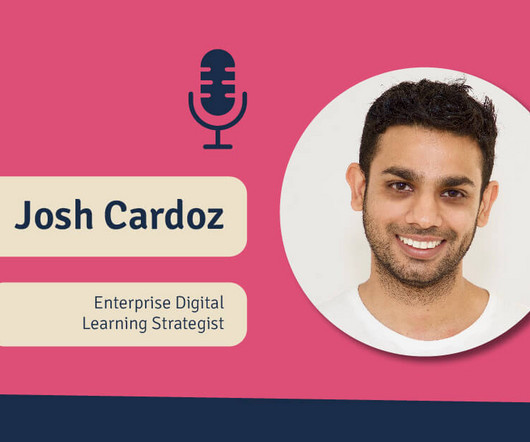Communities of Practice in your LMS: A hidden KM tool
TalentLMS
MAY 12, 2015
Extend this to the Subject Matter Experts and popular spokes-person through a defined communication framework and you have a community of practice in action! The key is to assign responsibility to individuals who will monitor, mentor and manage this system. Encourage free flow of conversations based on one problem topic.










































Let's personalize your content